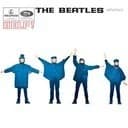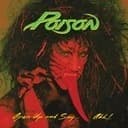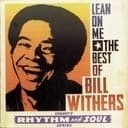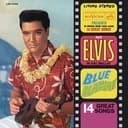The E♯ major scale follows the major scale pattern using six sharps: E♯ to F♯ (whole step), F♯ to G♯ (whole step), G♯ to A♯ (half step), A♯ to B♯ (whole step), B♯ to C♯ (whole step), C♯ to D♯ (whole step), and D♯ to E♯ (half step). This notation includes the uncommon accidentals E♯ (sounding like F natural) and B♯ (sounding like C natural), making the key signature confusing to read. The scale is acoustically identical to F major (one flat), which explains why E♯ major never appears in practical music. Composers universally choose F major's simple one-flat notation over E♯ major's complex six-sharp spelling that uses two uncommon accidentals.
Why F Major is the Only Practical Choice
The comparison between E♯ major and F major provides a striking example of notational practicality. Reading six sharps (including E♯ and B♯) versus one simple flat (B♭) makes F major vastly easier for musicians. E♯ major requires constant mental translation, processing E♯ as F natural and B♯ as C natural, creating unnecessary reading complexity. F major's single B♭ is one of the most familiar accidentals in music, appearing in countless pieces across all genres. This extreme difference in complexity explains why E♯ major exists only in theory while F major thrives as one of the most commonly used keys in Western music.
Educational Value in Music Theory
Despite its impracticality, E♯ major serves theoretical purposes for music students. It demonstrates enharmonic relationships in an extreme form and shows how theoretical completeness doesn't require practical usage. Studying E♯ major helps students understand uncommon accidentals like E♯ and B♯, reinforcing why standard notation favors certain key signatures over others. The scale illustrates that every pitch level can theoretically be a major scale tonic, even if the resulting notation proves impractical. Understanding that E♯ major equals F major completes knowledge of enharmonic equivalents.
E♯ major exists exclusively as a theoretical construct. In any musical situation, use F major instead. This scale demonstrates why music notation evolved to prioritize simplicity and readability, with composers choosing practical key signatures that serve performers effectively. For theory students, E♯ major illustrates the difference between theoretical completeness and practical utility, showing how Western notation balances both considerations while ultimately serving the needs of working musicians.





